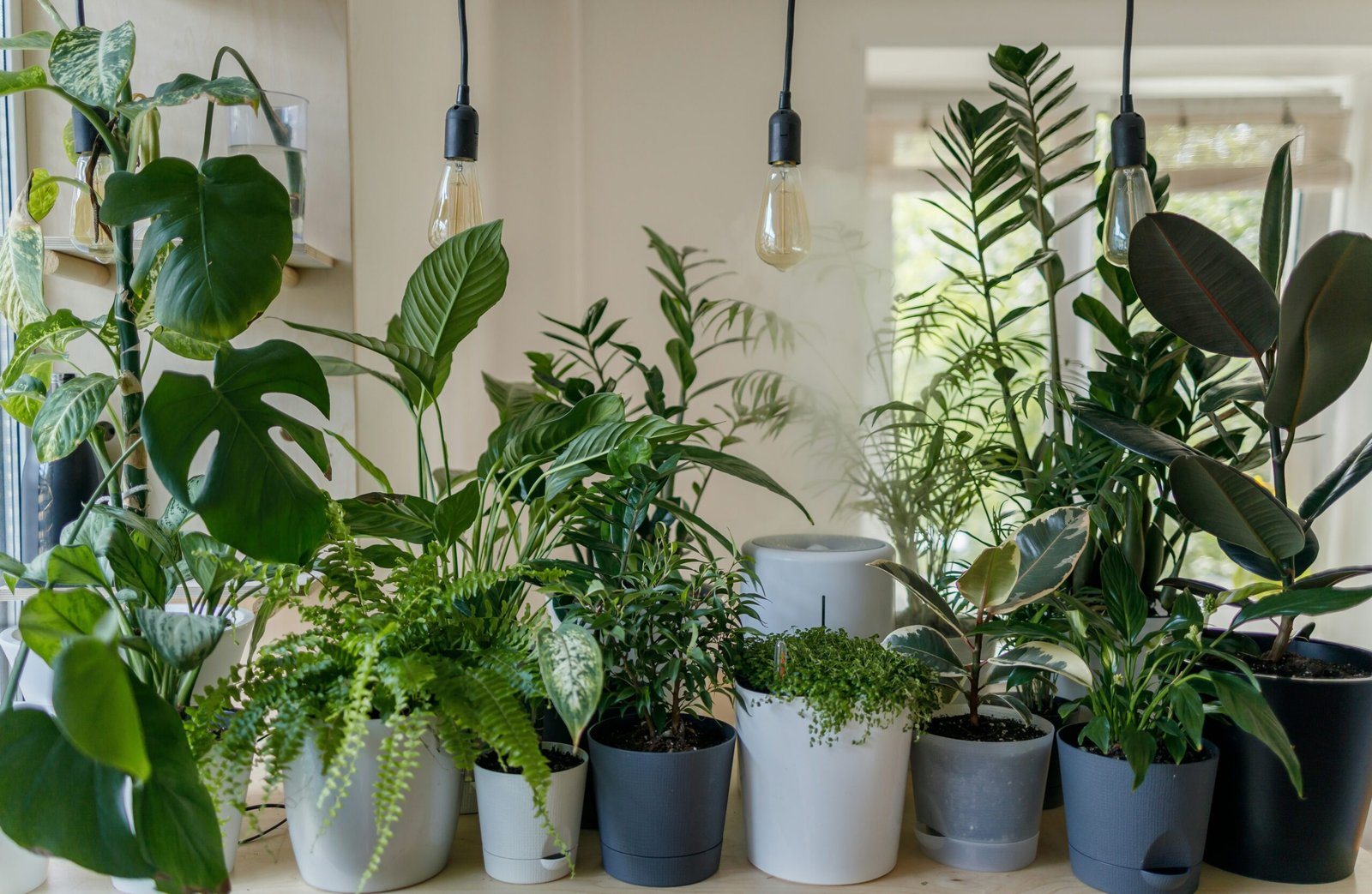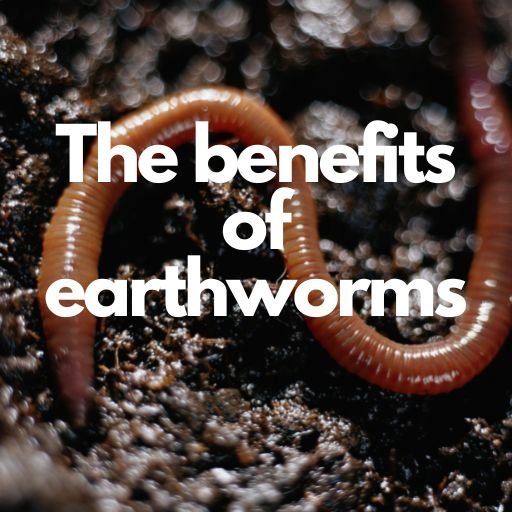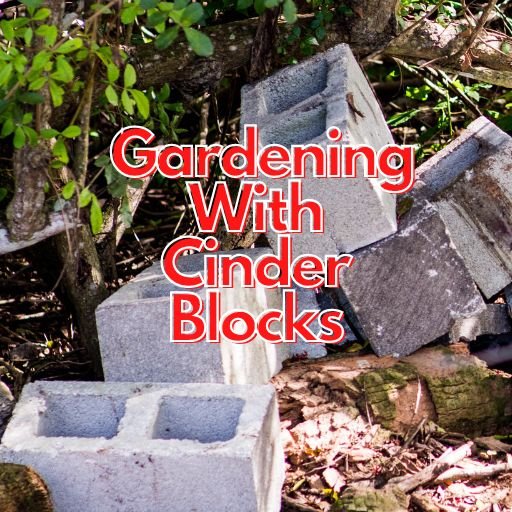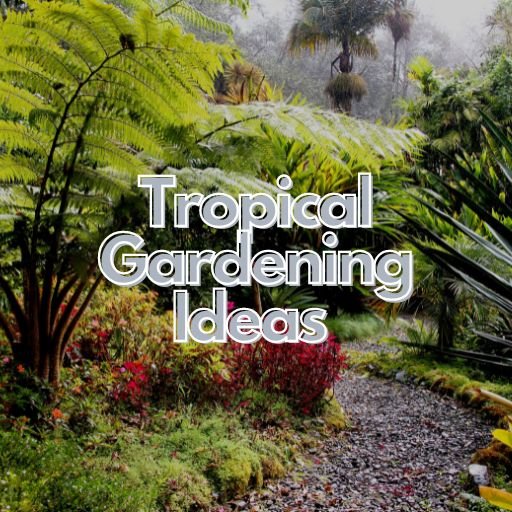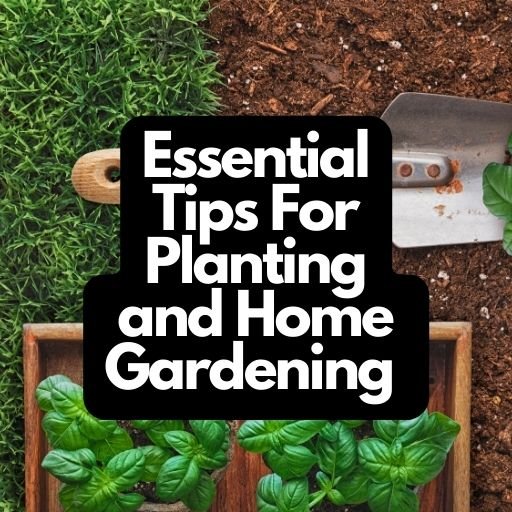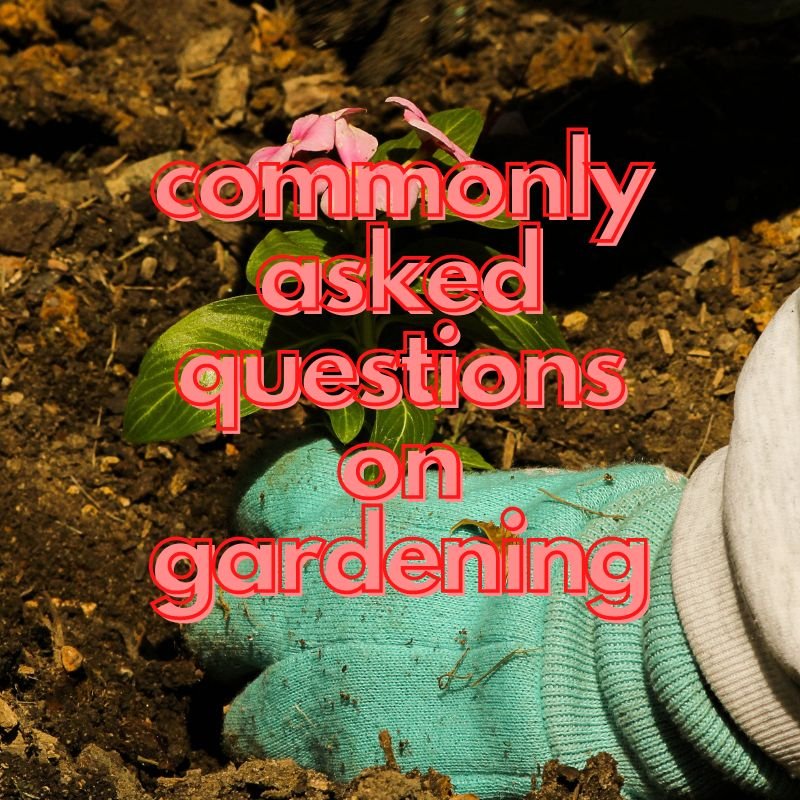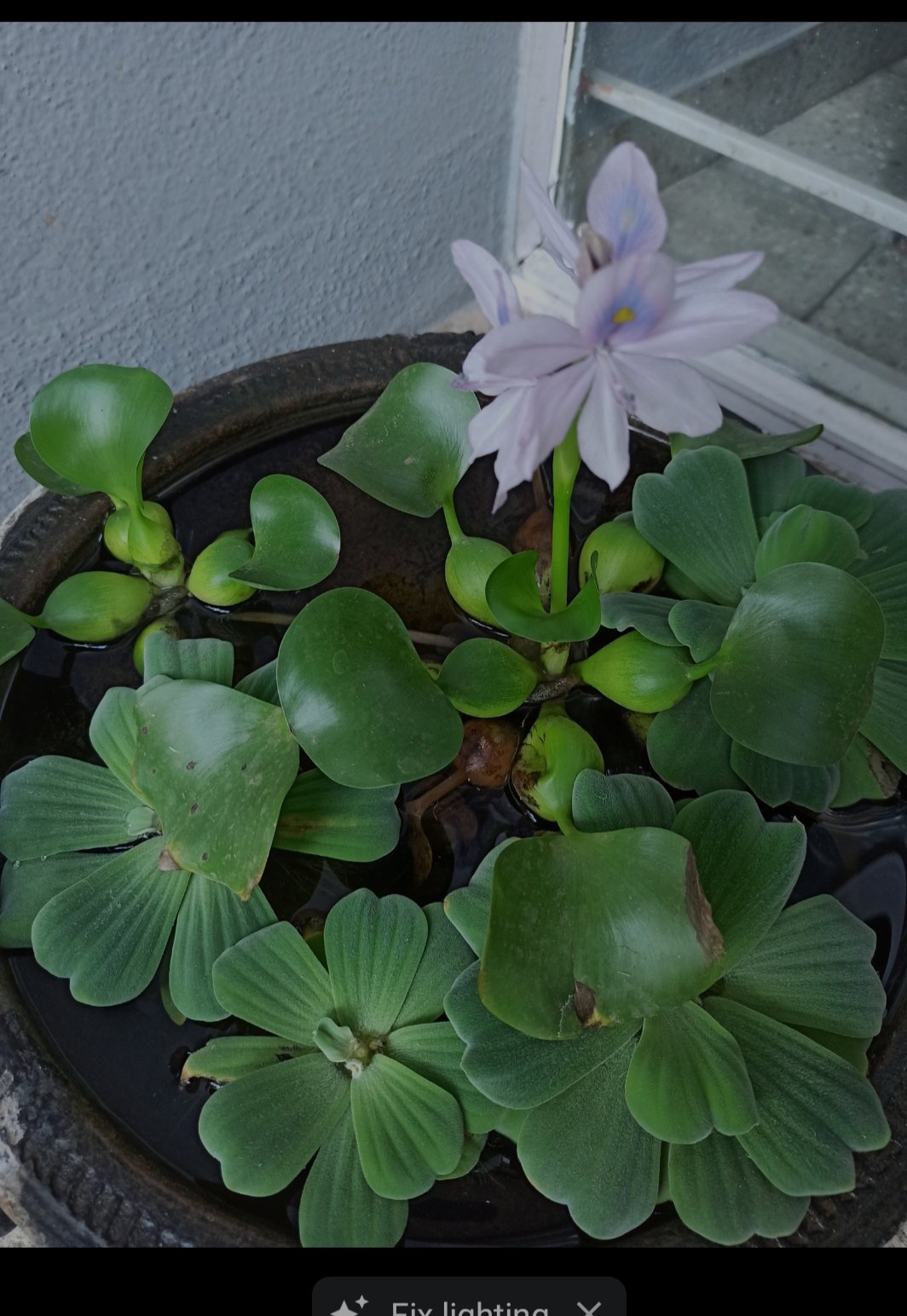Introduction
Gardening is a wonderful hobby that can be enjoyed by people of all ages. While many people choose to have a garden outside, there are also numerous benefits to gardening inside your house. In this blog post, we will explore some of the benefits of indoor gardening and how it can enhance your life.
Improved Air Quality
One of the most significant benefits of indoor gardening is the improvement in air quality. Plants naturally absorb carbon dioxide and release oxygen through the process of photosynthesis. By having plants in your house, you can increase the oxygen levels and reduce the carbon dioxide levels, creating a healthier environment for you and your family.
Furthermore, plants can also help to remove toxins from the air. They act as natural air purifiers, absorbing harmful pollutants such as formaldehyde, benzene, and trichloroethylene. These toxins are commonly found in household items such as furniture, carpets, and cleaning products. By having indoor plants, you can effectively filter out these toxins and improve the overall air quality in your home.
Not only do plants remove toxins from the air, but they also release moisture into the atmosphere through a process called transpiration. This can help to increase humidity levels in dry indoor environments. Dry air can cause various health issues such as dry skin, irritated eyes, and respiratory problems. By having indoor plants, you can naturally increase the humidity in your home, creating a more comfortable and healthy living space.
Moreover, certain types of indoor plants have been found to have specific air-purifying properties. For example, the snake plant, also known as Sansevieria, is known for its ability to remove toxins like formaldehyde and benzene from the air. The peace lily, on the other hand, is effective in removing harmful substances like ammonia and xylene. By incorporating a variety of indoor plants with different air-purifying capabilities, you can create a comprehensive air filtration system within your home.
In addition to improving air quality, indoor plants can also have a positive impact on mental health. Research has shown that being around plants can reduce stress levels, improve mood, and increase feelings of calmness and relaxation. The presence of greenery indoors can create a soothing and peaceful atmosphere, which is especially beneficial for those living in urban areas with limited access to nature.
Overall, indoor gardening offers numerous benefits, and improved air quality is just one of them. By incorporating plants into your home, you can create a healthier and more enjoyable living environment for you and your loved ones.
Stress Relief
Gardening has been proven to be a great way to reduce stress and promote relaxation. The act of tending to plants and watching them grow can be incredibly therapeutic. It allows you to focus on the present moment and forget about the stresses and worries of daily life.
In addition, the presence of plants in your house can have a calming effect on your mind and body. Studies have shown that being around nature can lower blood pressure, reduce anxiety, and improve overall mood. Indoor gardening provides you with a constant connection to nature, even when you are indoors.
Whether you are sowing seeds, watering plants, or simply admiring their beauty, gardening can be a form of meditation that brings peace and tranquility to your life.
Furthermore, gardening can also be a way to escape the digital world and reconnect with the natural world. In today’s fast-paced society, we are constantly bombarded with technology and screens. Taking the time to step outside and engage with the earth can be a refreshing break from the digital overload.
When you garden, you are not only nurturing plants but also nurturing yourself. It is a way to practice self-care and prioritize your mental well-being. The physical activity involved in gardening can also release endorphins, which are natural mood boosters.
Moreover, gardening can provide a sense of accomplishment and fulfillment. Watching your plants thrive and grow can give you a sense of pride and satisfaction. It is a reminder that with care and patience, beautiful things can flourish.
In conclusion, gardening is not just a hobby or a way to beautify your surroundings. It is a powerful tool for stress relief, relaxation, and overall well-being. So, next time you feel overwhelmed or in need of a break, step outside and get your hands dirty. Your mind and body will thank you.
Enhanced Mental Well-being
Gardening in your house can have a positive impact on your mental well-being. Taking care of plants and watching them thrive can give you a sense of accomplishment and purpose. It provides you with a daily routine and a reason to get up and take care of something.
Furthermore, indoor gardening can also help to improve cognitive function. Studies have shown that being around plants can enhance memory, concentration, and attention span. The presence of greenery in your house can create a more stimulating and productive environment.
In addition, gardening can also be a creative outlet. It allows you to express yourself through the arrangement of plants, the choice of containers, and the design of your indoor garden. This creativity can boost your self-esteem and provide a sense of fulfillment.
Moreover, gardening has been found to reduce stress and anxiety levels. The act of tending to plants and being in nature has a calming effect on the mind and body. It can help to lower cortisol levels, which is known as the stress hormone, and promote the release of endorphins, which are natural mood boosters.
Additionally, indoor gardening can provide a sense of connection to nature, especially for those who live in urban areas with limited access to green spaces. Bringing nature indoors can create a sense of tranquility and serenity, making your home a peaceful sanctuary.
Furthermore, gardening can also be a form of mindfulness practice. As you engage in the process of planting, watering, and nurturing your plants, you can fully immerse yourself in the present moment. This can help to reduce racing thoughts and promote a sense of calm and relaxation.
Lastly, indoor gardening can also have social benefits. It can be a shared activity that brings families and friends together. You can involve your loved ones in the process, from choosing the plants to caring for them. This can strengthen bonds and create lasting memories.
Improved Physical Health
Indoor gardening can also have numerous benefits for your physical health. It can encourage you to be more active and engage in physical activity. Whether it is watering plants, pruning, or repotting, gardening requires movement and can help you stay fit.
In addition, having plants in your house can also improve the humidity levels. Plants naturally release moisture into the air through a process called transpiration. This can help to prevent dry skin, irritated eyes, and respiratory problems that are often associated with dry indoor environments.
Furthermore, indoor gardening can also provide you with access to fresh herbs, fruits, and vegetables. You can grow your own organic produce right in your house, ensuring that you have a constant supply of nutritious and delicious food.
When you have fresh herbs at your fingertips, you can enhance the flavors of your meals and experiment with new recipes. Imagine plucking a handful of fresh basil leaves from your indoor herb garden to make a homemade pesto sauce or garnish a Caprese salad. Not only will your dishes taste better, but you will also benefit from the nutritional value of the herbs.
Similarly, growing your own fruits and vegetables indoors allows you to enjoy the freshness and taste of homegrown produce. Imagine biting into a juicy, ripe tomato that you nurtured from a tiny seedling. The satisfaction of knowing exactly where your food comes from and the lack of harmful pesticides and chemicals can give you peace of mind and contribute to your overall well-being.
Moreover, indoor gardening can also be a therapeutic activity that promotes relaxation and reduces stress. The act of tending to plants, watching them grow, and caring for their needs can be incredibly rewarding and calming. It provides a sense of purpose and accomplishment, allowing you to disconnect from the demands of daily life and find solace in nature.
In summary, indoor gardening offers a multitude of physical health benefits. From increased physical activity to improved humidity levels and access to fresh, nutritious food, it is a holistic approach to enhancing your well-being. So why not bring the beauty of nature indoors and start your own indoor garden today?
Connection with Nature
In today’s fast-paced and technology-driven world, it can be easy to lose touch with nature. Indoor gardening provides you with an opportunity to reconnect with the natural world and bring a piece of it into your house.
By surrounding yourself with plants, you can create a calming and soothing environment that reminds you of the beauty and serenity of nature. Indoor gardens can be a refuge from the hustle and bustle of everyday life, allowing you to find peace and tranquility.
In addition, gardening can also help to instill a sense of responsibility and respect for the environment. It reminds us of the importance of taking care of our planet and encourages us to live more sustainably.
When you engage in indoor gardening, you become more attuned to the rhythms of nature. You learn to observe and understand the needs of different plants, such as their watering and sunlight requirements. This process of nurturing and tending to plants can be incredibly rewarding, as you witness their growth and development over time.
Furthermore, indoor gardening allows you to experience the wonders of nature up close. You can marvel at the intricate patterns of a flower’s petals, the delicate veins of a leaf, or the vibrant colors of a ripe fruit. These small details that often go unnoticed in our busy lives suddenly become a source of awe and inspiration.
Indoor gardening also offers a unique opportunity to connect with the seasons. As you care for your plants, you become aware of the changes in temperature, humidity, and daylight that affect their growth. You can adapt your gardening practices accordingly, ensuring that your plants thrive in each season.
Moreover, indoor gardening provides a sense of continuity and stability. In a world where everything seems to be constantly changing, tending to your indoor garden can be a grounding and therapeutic activity. It allows you to create a sense of stability and routine as you care for your plants day after day.
Overall, indoor gardening offers a multitude of benefits beyond just adding greenery to your home. It reconnects you with nature, fosters a sense of responsibility towards the environment, and provides a source of beauty, inspiration, and stability in your life. So why not embark on this journey and create your own indoor garden today?
